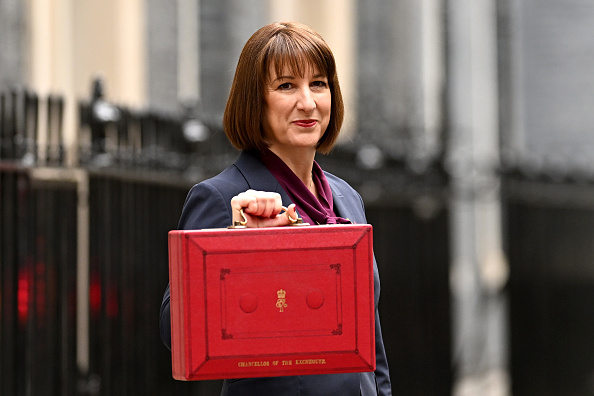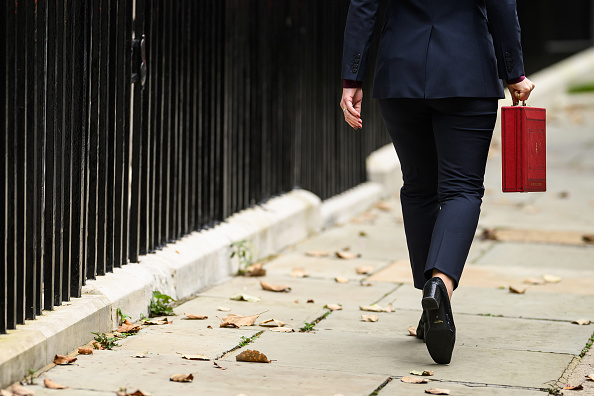It has been said that even if he is alone, an Englishman forms an orderly queue of one. New research from leading payments provider Adyen reveals the evolving – and often confusing – relationship the British public have with shopping, both online and in-store.
Whether it’s our baffling bond with queues, our beloved bargains or even the rarely discussed boys shopping day out, one thing is for certain – there is nothing simple about shopping.
Firstly – and to paraphrase Monty Python’s ‘Dead Parrot’ sketch – the high street is not “bereft of life,” “ceased to be” or even “just resting.” In fact, only 3 per cent of Britons say they no longer shop in-store.
Despite the prevalence of online – with 95 per cent of people using it to shop in the UK – other channels are lagging behind expectations. Specifically, 40 per cent of people have never shopped via an app and 75 per cent have never purchased an item through social media.
This does not mean that consumers dislike making purchases using technology – far from it – instead, people shop in ways that suit them. Shopping in-store is preferred due to the experience and sociable elements.
Two thirds (64 per cent) of people enjoy browsing and for 75 per cent it is important to see, sample, touch and try on items. We head online for different reasons, with 68 per cent doing so to compare prices and 70 per cent for the convenience of having goods delivered.
What’s in-store?
What is it that Brits do not like about shopping in-store? That innate part of our national identity; queuing. Half (57 per cent) of consumers name this as their biggest frustration with the in-store experience. Despite this, only 2 per cent of people would go somewhere else with a shorter queue; showing that while we like to moan and groan, we generally end up grinning and bearing it.
When it comes to price however, we don’t sit on the fence; 68 per cent of Britons would jump ship if they spotted a better deal – proving once and for all how much we love a bargain.
How long will this last? Brits are known to bottle-up and – eventually – explode. The high-street has to address this before its relationship with consumers is damaged forever.
The research also reveals the split inherent in British manners. Half (48 per cent) of shoppers prefer to deal with a person – rather than a machine – even though 25 per cent don’t like talking with checkout staff. We might not want to talk to strangers, but we think it would be rude not to.
Cathy McCabe, founder of RetailReimagined, says, ‘What retailers need is a radical reinvention of the store experience – not just painting over the cracks. The physical store is an opportunity to inspire, delight and connect with customers, but for many retailers, it has barely changed in the last 20 years. The store visit is vital to the survival of bricks-and-mortar retail and there is a huge opportunity for creativity when it comes to improving customer experience or service.
‘For example, focusing on solving pain points – such as fitting rooms, stock availability, payment options and data capture – will allow the in-store experience to remain a thriving channel for years to come. Brands that will achieve this will obsess about the consumer’s journey, demonstrating it with relevant, meaningful communications that captivate individuals on a personal level.’
Hook, (on)line and sinker
With the array of gripes levelled at in-store shopping by the British public, one would assume that online – with its lack of long queues and pushy assistants – would be the solution. Unfortunately not. Adyen’s research demonstrates that 73 per cent of shoppers have abandoned an online transaction if they believed the delivery cost was too high.
On top of this, a quarter of us will only buy something online if it is sent to us for free. As much as we dislike queuing, we find delivery charges just as distasteful.
Still, some parts of the online shopping experience suit the consumer to a T. For example, 69 per cent of bargain-hungry Brits shop online as it lets them compare prices across different retailers and source the best offer or price.
We can be a bit impatient too, 63 per cent like shopping online as their contact details are saved, meaning they can pay quickly. No more forced conversations with store associates, as well as time and money saved.
Jared Bickel, IT director, Coach, adds, ‘It’s simple – our customers want a seamless experience, whether they are shopping online or in-store. Online we are continuously investing in ways to offer a frictionless, transparent experience, from browsing through to purchasing.
‘Take delivery costs for example. At the early stages of the checkout our customers can clearly evaluate the shipping options – some take advantage of our standard free shipping, others simply can’t wait and are happy to pay for our express or overnight delivery service. It’s about offering a fair choice.”
Myles Dawson, UK country manager, Adyen, concludes, ‘The research is clear: Brits have likes and dislikes about both online and in-store experiences. While separately these channels have their weaknesses, together they can deliver what every shopper needs. The consumer connects with brands, not channels, and they want a seamless experience.
‘Unfortunately, retailers are still struggling to utilise the opportunities of connected channels – 41% of consumers are still demanding the option to to pay in-store for items they want to purchase – but are not in stock – and have it delivered to their home. On top of this, 81% want to be able to check if items are available before going to a store.
‘The key to closing the sale is to ensure your brand remains consistent throughout – and delivers the same level of experience no matter how your customers choose to interact with you. If you do it right, Brits will flock to you… after all they wouldn’t want to come across as rude!’
I shop, therefore I am
One-in-ten people have bought a poor substitute for an item they wanted, only to never actually use it.
There is little more British than buying something to avoid awkwardness
A ‘girl’s day out’ is embedded in our national psyche, but our research shows men are just as likely to enjoy a ‘boy’s day out’. Half (56 per cent) of men enjoy in-store shopping due to its sociable nature, while almost half of them view the experience as a day-out, rather than just fulfilling a need
British women are portrayed as less interested in technological advancements, but this is simply not the case. In fact, women want more advanced technology in their shopping experiences than men.
This includes wanting personalised offers near a store (66.1 per cent of women to 55 per cent of men), smart mirrors (56 per cent to 45 per cent), VR (45 per cent to 41 per cent) and self service kiosks (69 per cent to 64 per cent)
Brits of all ages love shopping quickly, with over 80 per cent saying they would rather not use cash in-store
The majority of UK Shoppers (62 per cent) believe they know more than store staff. Who said we were know-it-alls?
Less than two thirds (61 per cent) of people would like store staff with mobile-payment terminals to avoid queues. Could this be a cure for the British dislike of queuing?





